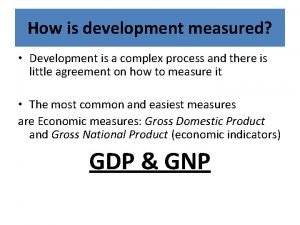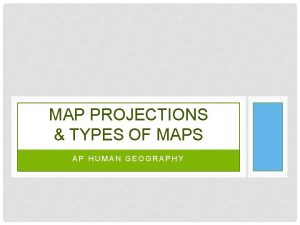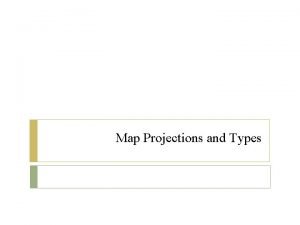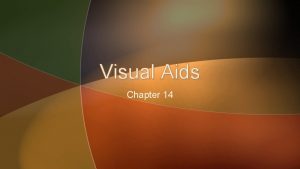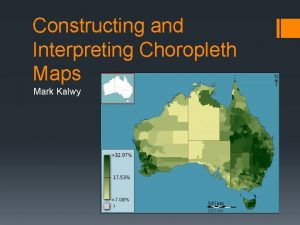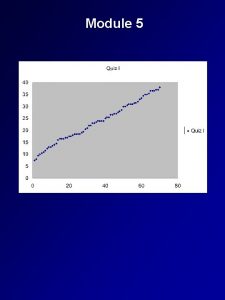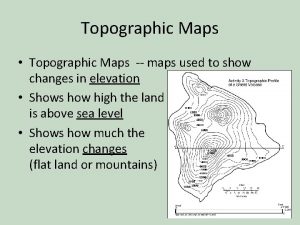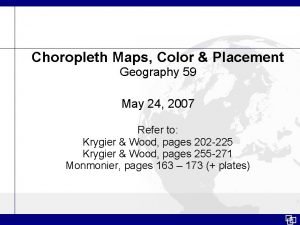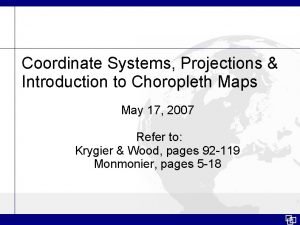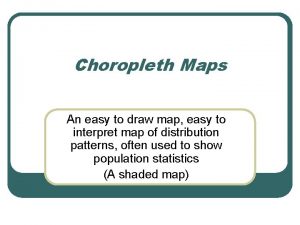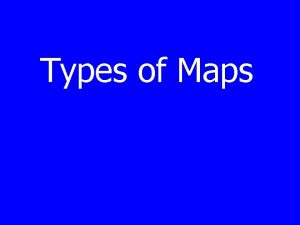Choropleth maps Used to demonstrate trends in data











- Slides: 11

Choropleth maps Used to demonstrate trends in data 1 of 11 Geo_Y 09_U 1_SS_Choropleth. Maps

Choropleth maps A choropleth map provides an easy way to visualise how a measurement varies across a geographic area. Choropleth maps use graded differences in shading or colour in order to indicate the values of a property. The darkest colour shows the highest value, through to the lightest colour which shows the lowest value. 2 of 11 Geo_Y 09_U 1_SS_Choropleth. Maps

Choropleth map of urban population (%) The lightest colour shows the lowest % of the population urban The darkest colour shows the highest % of the population urban Various shades of the same colour are used to show value. Data sourced from: The World Bank: Urban population (% of total) http: //data. worldbank. org/indicator/SP. URB. TOTL. IN. ZS/countries 3 of 11 Geo_Y 09_U 1_SS_Choropleth. Maps A legend is used where data is grouped with regular intervals between each group

Creating choropleth maps There are six steps involved in creating a choropleth map. Step 1 — look at the data 4 of 11 Geo_Y 09_U 1_SS_Choropleth. Maps Step 2 — rearrange the data Step 3 — determine breaks Step 4 — choose colour scale Step 5 — shade the map Step 6 — finish the map (BOLTSS)

Step 1 Look at the data table. • What is the data we want to represent on the map? • What is the unit of measurement? • What are the highest and lowest values and what is the difference between them? 5 of 11 Geo_Y 09_U 1_SS_Choropleth. Maps Table 1: Average rainfall for Australian states and territories from 1961– 1990 State/Territory Average rainfall 1961– 1990 (mm) New South Wales and ACT 566 Northern Territory 548 Queensland 630 South Australia 236 Tasmania 1168 Victoria 654 Western Australia 352 Source: Australian Bureau of Meteorology 932

Step 2 Rearrange the data from the highest value to the lowest value. Table 1: Average rainfall for Australian states and territories from 1961– 1990 State / Territory Tasmania Average rainfall 1961– 1990 (mm) 1168 highest value Victoria 654 Queensland 630 New South Wales and ACT 566 Northern Territory 548 Western Australia 352 South Australia 236 Source: Australian Bureau of Meteorology 6 of 11 Geo_Y 09_U 1_SS_Choropleth. Maps lowest value

Step 3 Use your rearranged data to work out ‘logical’ breaks to create the required number of data sets (usually between four and six). Table 1: Average rainfall for Australian states and territories from 1961– 1990 State/Territory Average rainfall 1961– 1990 (mm) Tasmania 1168 Victoria 654 There must be continuity in the values (that is, no gaps in the numbers). Queensland 630 New South Wales and ACT 566 Northern Territory 548 Western Australia 352 You may use < (less than) and > (greater than). South Australia 236 7 of 11 Geo_Y 09_U 1_SS_Choropleth. Maps Source: Australian Bureau of Meteorology 900+ 600– 899 300– 599 <300

Step 4 Choose a colour scale for your legend. For example: Table 1: Average rainfall for Australian states and territories from 1961– 1990 State/Territory Average rainfall 1961– 1990 (mm) Tasmania 1168 Victoria 654 900+ Queensland 630 600– 899 New South Wales and ACT 566 Northern Territory 548 Western Australia 352 South Australia 236 300– 599 <300 Source: Australian Bureau of Meteorology Lightest colour and lowest value is located lowest! 8 of 11 Geo_Y 09_U 1_SS_Choropleth. Maps 900+ 600– 899 300– 599 <300

Step 5 Shade the map. 9 of 11 Geo_Y 09_U 1_SS_Choropleth. Maps

Step 6 Complete the map, ensuring all map components are included (BOLTSS). Average rainfall for Australian states and territories from 1961– 1990 N Average rainfall (mm) 900+ 600– 899 300– 599 <300 10 of 11 Geo_Y 09_U 1_SS_Choropleth. Maps Scale: Unknown Source: Australian Bureau of Meteorology

References Background slide: Modified from: CIA, http: //commons. wikimedia. org/wiki/File: GINI_retouched_legend. gif Slides 5— 8 Data sourced from: Bureau of Meteorology data cited in Rainfall distribution (National Water Commission) http: //www. water. gov. au/Water. Availability/Whatisourtotalwaterresource/Rainfalldistributi on/index. aspx? Menu=Level 1_3_1_2 11 of 11 Geo_Y 09_U 1_SS_Choropleth. Maps
 Drilldown cartogram power bi
Drilldown cartogram power bi Gis definition ap human geography
Gis definition ap human geography Remote sensing ap hug
Remote sensing ap hug Gni
Gni Cartogram vs choropleth
Cartogram vs choropleth Mercator projection ap human geography
Mercator projection ap human geography Choropleth map
Choropleth map Reittihaku google
Reittihaku google A visual aid used to show statistical trends and patterns
A visual aid used to show statistical trends and patterns A visual aid used to show statistical trends and patterns
A visual aid used to show statistical trends and patterns Data warehouse trends
Data warehouse trends Trendlines and regression analysis
Trendlines and regression analysis



